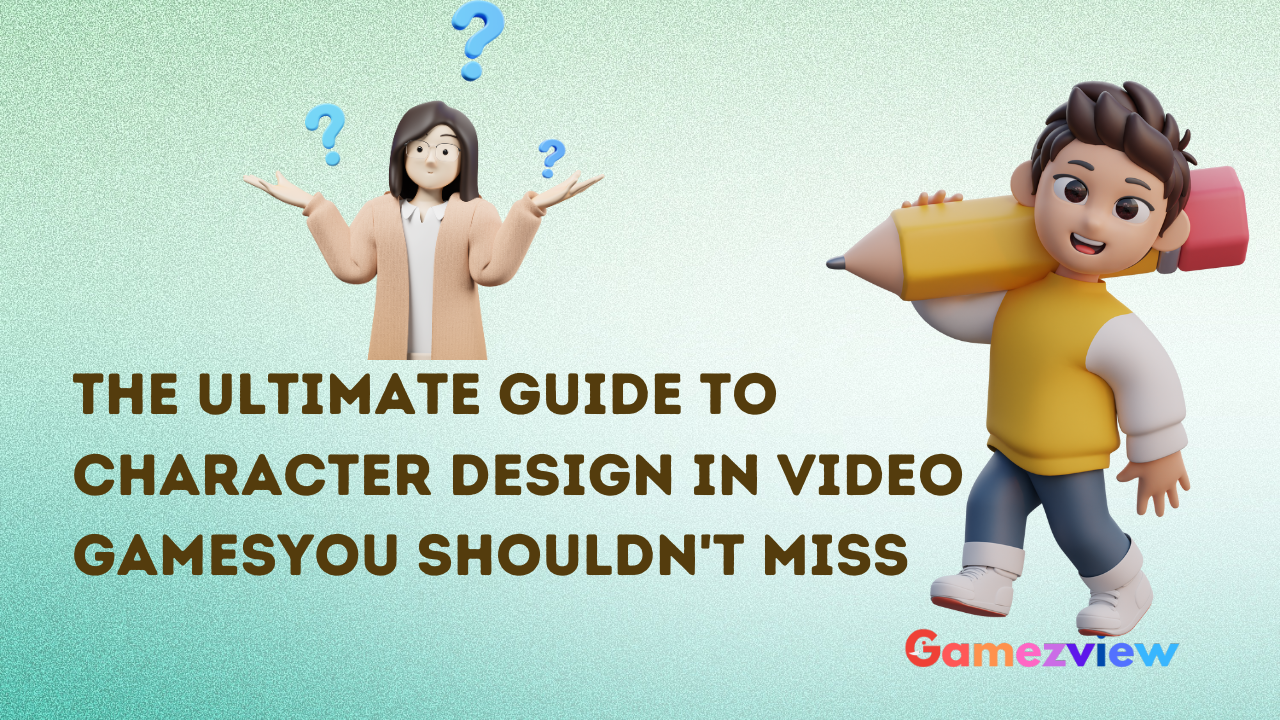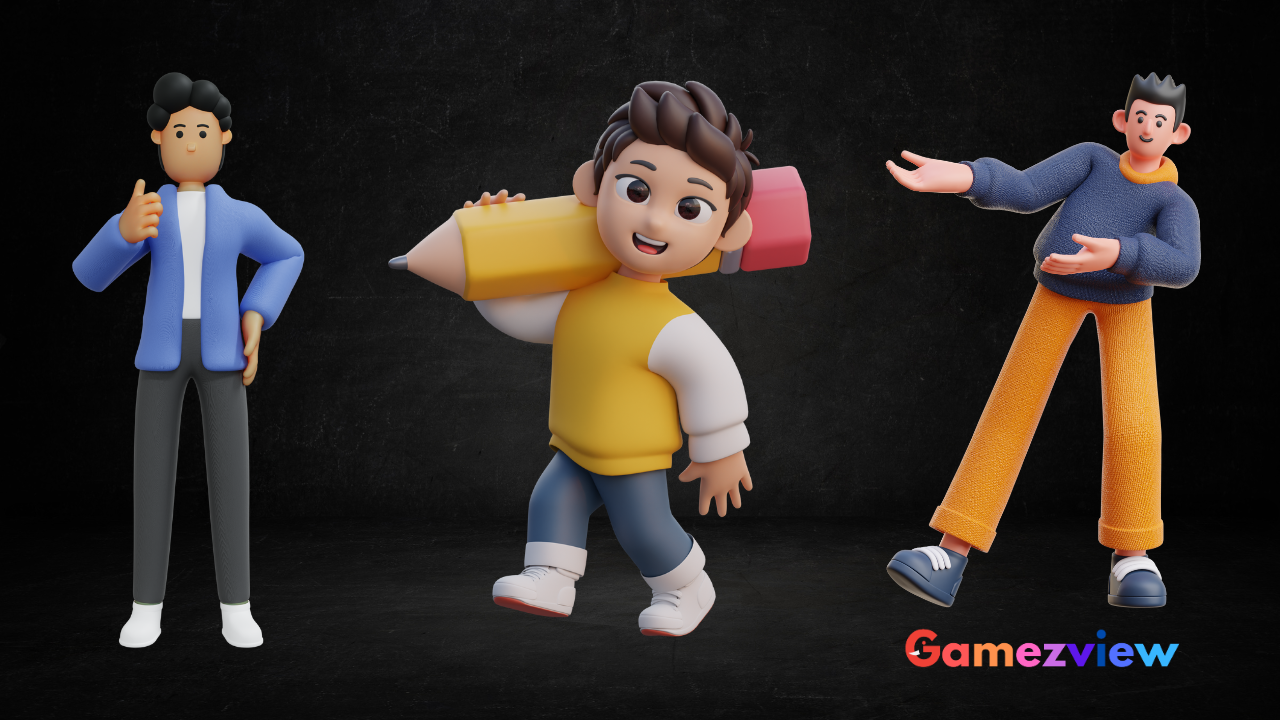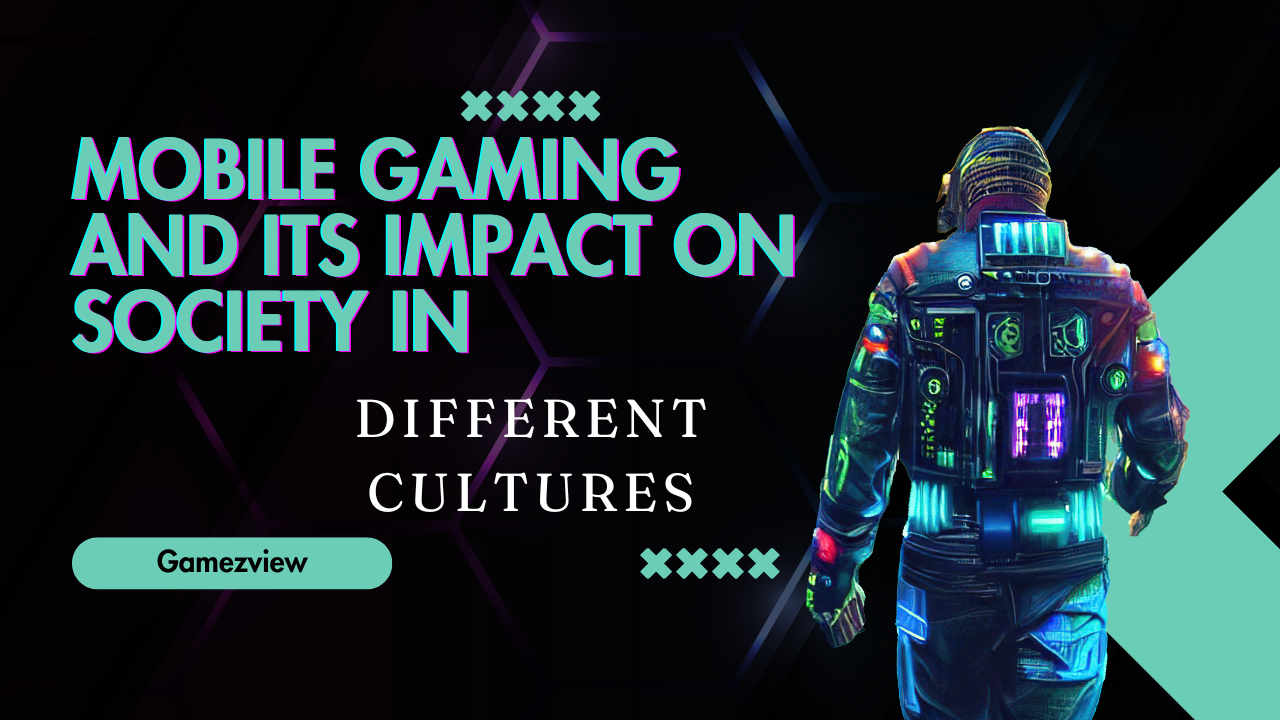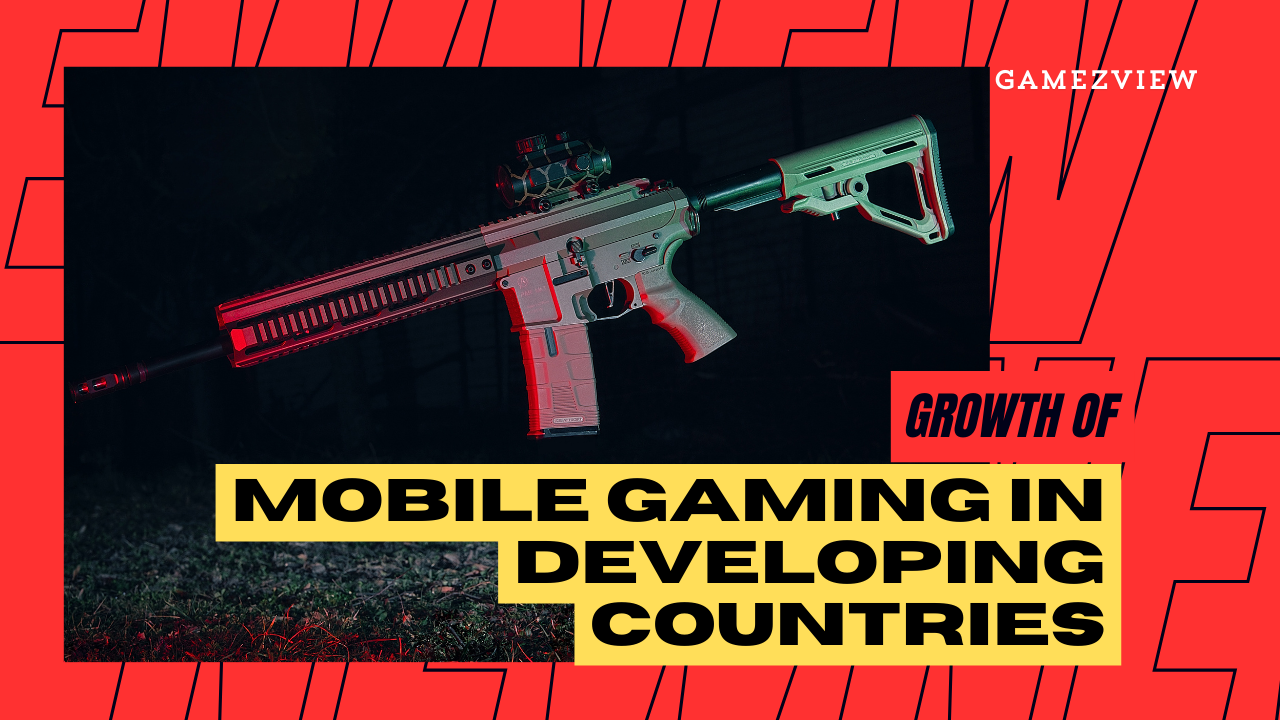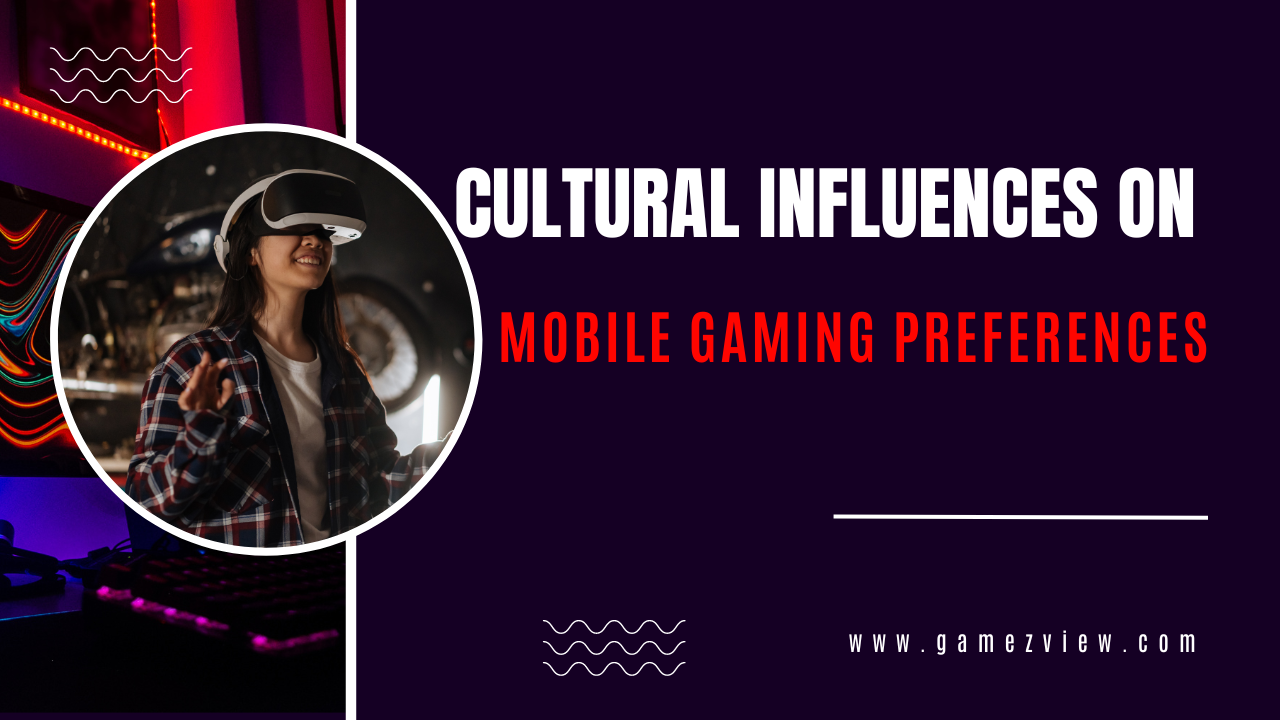Character design is a fundamental aspect of video game development, playing a crucial role in shaping players’ experiences and immersing them in captivating virtual worlds. From heroic protagonists to menacing villains, well-crafted characters breathe life into games, adding depth and personality to the gameplay. In this comprehensive guide, we delve into the intricate process of character design, exploring its significance and providing valuable insights for aspiring game designers.
Understanding the Basics of Character Design
Elements of Character Design
Character design encompasses various elements, including appearance, personality, and backstory. Each component contributes to the overall identity of the character, influencing how they are perceived by players. The visual design reflects the character’s traits and motivations, while their backstory provides context for their actions within the game world.
Role of Character Design in Storytelling
Character design serves as a powerful storytelling tool, allowing developers to convey narrative themes and emotions through visual cues. Whether through intricate costume designs or expressive facial animations, characters communicate their intentions and motivations, forging emotional connections with players.
Research and Inspiration
Before embarking on the creative process, designers often conduct thorough research and seek inspiration from diverse sources. Studying existing characters from popular games provides valuable insights into effective design strategies, while exploring different art styles broadens their creative horizons. Inspiration can be found in various forms, including literature, mythology, and real-world cultures, each offering unique perspectives on character design.
Sketching and Brainstorming
The journey of character design typically begins with rough sketches and brainstorming sessions, where designers explore different concepts and ideas. Through iterative refinement, initial sketches evolve into fully realized character concepts, with attention to detail and creativity driving the process forward. Collaborative brainstorming allows designers to leverage diverse perspectives and generate innovative solutions to design challenges.
Developing a Unique Style
Creating a distinctive artistic style is essential for setting a game apart and establishing its visual identity. Designers strive to strike a balance between realism and stylization, infusing their characters with personality and charm. Cultural and thematic elements play a significant role in shaping character design, as they reflect the game’s setting and narrative themes. Experimentation with shapes, colours, and proportions enables designers to push the boundaries of creativity and innovation.
Bringing Characters to Life
Once the conceptual phase is complete, designers move on to the implementation stage, where characters are translated into 3D models and animations. Detailed modelling and texturing breathe life into the characters, adding depth and realism to their appearance. Attention is paid to factors such as facial expressions, body language, and movement, ensuring that characters resonate with players on an emotional level.
Testing and Iteration
Playtesting is an essential step in the character design process, allowing developers to evaluate the usability and effectiveness of their designs. Feedback from players and developers provides valuable insights for iteration, as designers strive to refine their characters based on user experience and technical considerations. Iterative testing ensures that characters meet the desired standards of quality and functionality, enhancing the overall gaming experience.
Finalizing Characters
As the development cycle nears completion, designers focus on making final adjustments and refinements to their characters. Polishing their designs for release involves fine-tuning details, addressing any remaining issues, and documenting specifications for future reference. With meticulous attention to detail and a commitment to excellence, designers ensure that their characters are ready to make a lasting impression on players worldwide.
Character design is an art form that lies at the heart of video game development, shaping the experiences of players and defining the identity of games. By unleashing their creativity and embracing innovation, designers have the power to craft memorable characters that resonate with audiences for years to come. As technology continues to evolve, the future of character design holds endless possibilities, promising new adventures and immersive storytelling experiences for gamers everywhere.
FAQs
- Why is character design important in video games?
- What role does research play in the character design process?
- How do designers balance realism and stylization in character design?
- What are some common challenges faced during character development?
- How can aspiring game designers improve their skills in character design?
